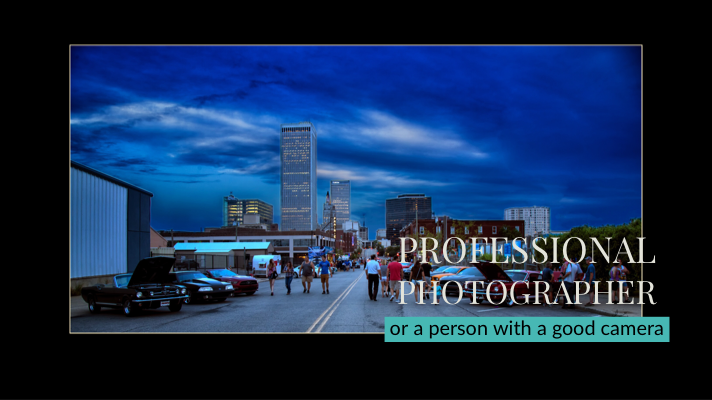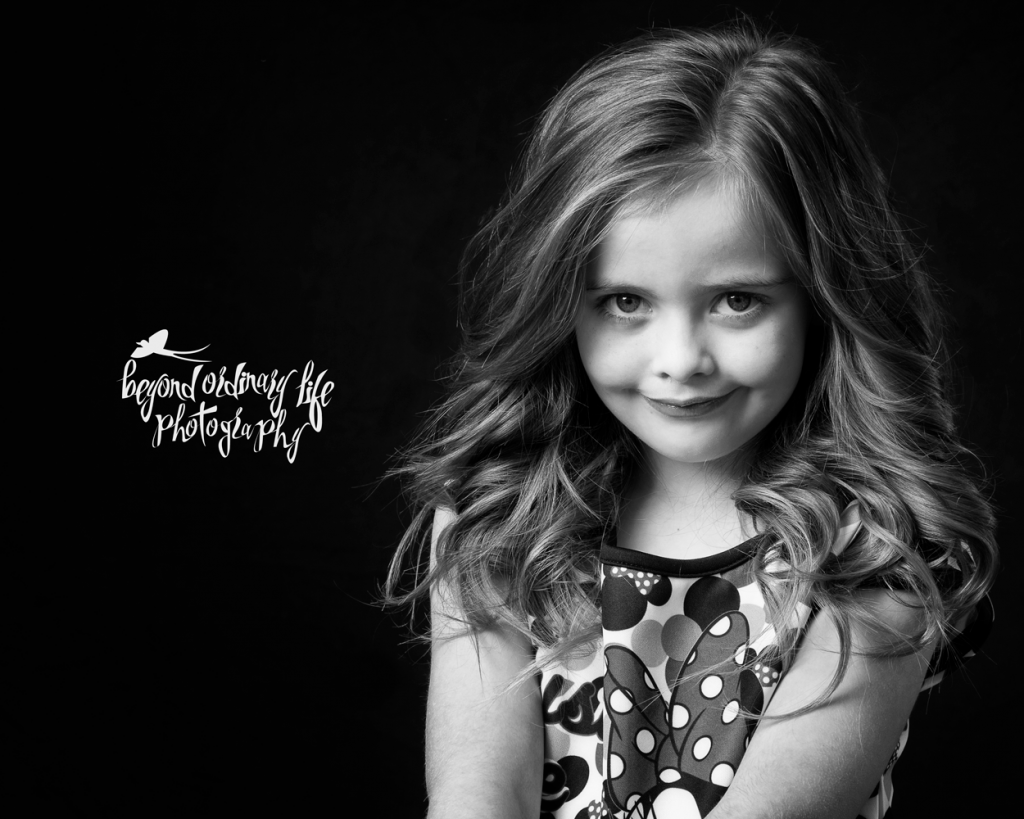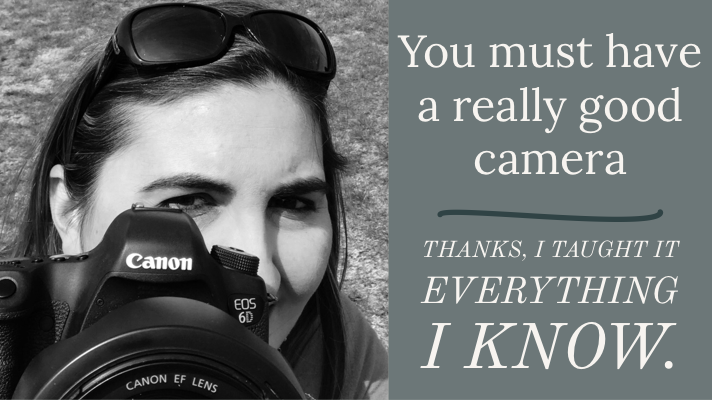
People tell me quite regularly that my photos are great and I must have a really good camera. While yes, I do have a really good camera and even better lenses, that is not what sets the person with a good camera apart from the true professional.
growing as a professional
I have spent years in classes studying and honing my skills. I know what lenses will distort my client’s face, moreover I know what lenses will flatter my client and what lenses will cause my client to dislike the photos. Some lenses can flatter a person and their best features. The same goes for lighting patterns. Shadows can sculpt and define you.
less is more
Another mark of a true professional is that professionals know that many times less is more. While people love all the details that go into the ever popular mini sessions (think lemonade stands and hot cocoa minis) you will note I lean more toward having fewer props in portraits. Why? I photograph the person in the images. If a prop can help show something important about them I am happy to include it. A musician certainly needs an instrument. A dancer needs to have their shoes, an athlete needs to include an element of their sport too! But I want to make sure the number-one focus is the person, not the stuff. I prefer to have a little negative space (for the non-artists this is the balance of the photo with no stuff it emphasizes the person or group more).

If you ever want to know the difference between a professional photographer and a hobbyist photographer, take a close look at the eyes. If the eyes are sharp (in focus) this is a quick way to identify a pro from an amateur.
the odds are ever in your favor
Far and away I would say the ability to produce predictable quality results is the most important quality of a professional photographer. Just like a basketball player needs to be able to sink the ball more than they miss a professional photographer needs to be able to produce similar odds. For me an average portrait session for one hour should produce between 40 – 80 frames. Of this I generally only discard a few that just don’t make the cut. I trim it to my absolute favorite 20 – 30 to show the family. Why on earth would I show anything that I think the client might not like?!

I can’t tell you the number of amateur photographers I have seen literally mashing the shutter button and coming home with hundreds of images only to rifle through them and surface with 10-12 decent frames. When you are photographing that much even a person with really bad odds can come up with a handful of decent images.
knowledge and respect
Professionals should also have places at the ready to suggest to clients that they have permission to photograph at. There should never be a risk of being kicked out due to trespassing. For myself there are a number of private properties I have arrangements to photograph at. The nice thing about photographing on private property is that you are rarely interrupted. When photographing at a place of business photographers usually make arrangements with the owner before the client arrives and purchase something from the business. They do not freeload off of someone else’s business.
final product
I also consider the final product to be my responsibility as a professional. I never just pass off a digital file to my portrait and wedding clients. Everyone gets portrait credits with their session with the idea that these photos are going to be displayed on the wall or kept in a book. How many of us have had a hard drive fail?
affiliations
Professional Photographers also often belong to organizations like PPA, PPOK and local affiliate guilds like INPPA where they are working alongside other pros to better themselves. They enter competitions judged by nationally-qualified experts (these are put together by the previously mentioned groups).
To me being a professional photographer is so much more than having a nice camera. It is the skill, the studying, the education and the experience that sets the amateur apart from the professional.
